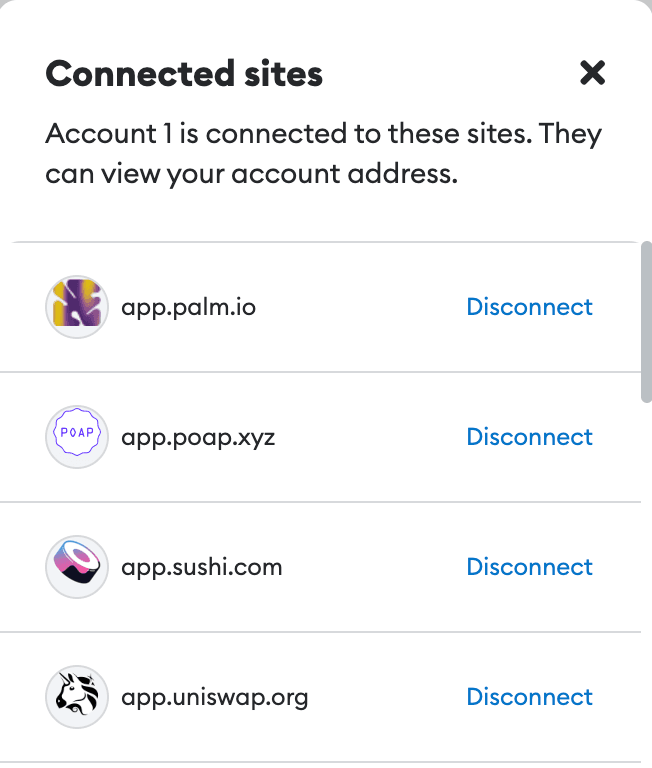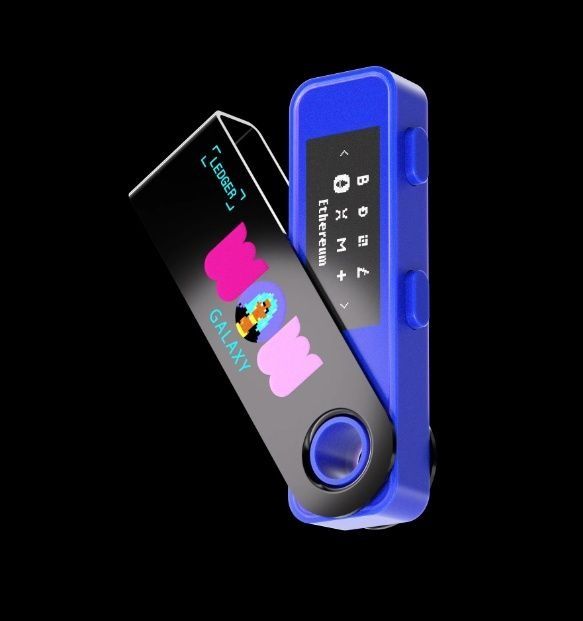Non-custodial vs custodial
When you buy cryptocurrencies on an exchange like Binance, Coinbase, or Robinhood, you have the option to leave your assets there, which basically means that they are under the exchange’s custody.
If this sounds confusing, think of a custodial wallet like your bank account, since they look after your financial assets from being lost or stolen.
The term “custodial” essentially means that companies own your private key and are responsible for safeguarding your funds. As long as you comply with their regulations, they will do their best to safeguard your assets.
Meanwhile, a non-custodial wallet is like a physical wallet that you carry around with you. You have complete control over it and decide which assets you store in it and when to use it. But this also means that if someone steals it or if you lose your wallet, there’s no one to help you. You’re the only one responsible for it.
In web3, we often talk about connecting wallets to sites and apps and warn you about scams and fake links. In this context, it’s important to note that we are referring to non-custodial wallets.
While this might seem daunting, it's similar to deciding how much cash you want to carry around with you in your physical wallet. In web3, you can choose how much you'd like to add to your wallet, or even use an empty wallet to safely explore various cryptos or collections.
You have the freedom to curate your wallet to suit your need, whether it’s a wallet with your valuable digital assets that you never connect to any site, a wallet with some crypto assets for browsing new collections, or a curated wallet with your favorite art pieces.
The choice is yours, and you have the power to keep your digital assets safely and wisely.
Hot and Cold: Wallets for Every Occasion
There are different types of non-custodial wallets available, just like there are different types of physical wallet brands.
Here are four examples:
Some may be browser-based and come in the form of software that you can download on your laptop or phone, others are pieces of hardware.
So let’s talk about the differences between hot vs. cold non-custodial wallets.
Any wallet you connect to a website, dApp, or any internet-enabled connection is a hot wallet. On the other hand, cold wallets are those that have never had an active connection to any web3 site or dApp, either currently or in the past.
To make it clear, both browser-based or hardware wallets can be either cold or hot wallets. It ultimately depends on whether you connected your wallet to any sites.
The image below shows what a hot wallet might look like:

This wallet (MetaMask) is connected to various web3 websites and dApps, increasing its security risk.
A Friendly Reminder: Hardware Wallets Do NOT Mean Cold Wallets
As we mentioned earlier, there are two main types of non-custodial wallets: software and hardware wallets.
One major difference between them is the level of connectivity. Software wallets are typically accessed through your browser, and they are always connected to the internet. So you don’t exactly have the flexibility to “turn off” or disconnect the wallet.
Hardware wallets look like USBs, as shown in the image below. The wallet can only be accessed when you have connected the device to a computer and provides an extra layer of security.
The hardware wallet pictured below is from a company called Ledger, and we recently teamed up with them to create our own WoW x Ledger collaboration!

In general, hardware wallets are often considered the safest option because they are not connected to the internet.
But this is not always true! 😲
It’s important to note that any wallet, including hardware wallets, can still be vulnerable to attacks if it is connected to a malicious website.
You can do your best to ensure the security of your digital assets by keeping your cold wallet disconnected from any web3 dApp or site. Hardware wallets help with this by requiring the additional step of physically plugging it into a computer.
It’s also a good idea to use a burner wallet when browsing around new collections – one that doesn’t have your valuable assets!
Emotional Markets
That brings us to one of our last points before opening a wallet: the emotional validity of markets and managing your money. Like anywhere in the world, losing or gaining money can come with extreme fluctuations in lifestyle, emotions, and behavior. One minute when you’re doing well, things can feel great. But the minute you encounter a scam, a hack, or lose your assets, it can feel troublesome.
Know that by being online, everyone is vulnerable to exploits and not everyone navigates web3 in the same way. It’s not always easy, but do your best to explore with caution.Avoid giveaways or fishy DMs when possible, and only put as much into your wallet as you feel comfortable with.
If your assets are ever tampered with, please contact the platforms where you encountered an issue and always report fishy behavior or links.
It’s always better to be safe than sorry.


